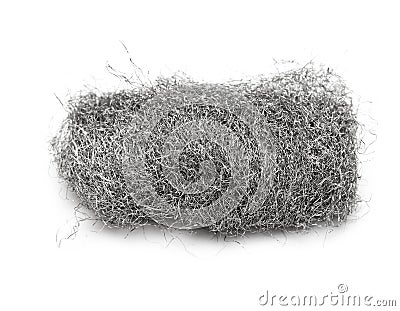I wanted the most reliable, low amperage igniters for my deployment system. My system employs a 9V battery through a NE555 timer that delays for 12.5 seconds.
I wanted to see if my dipped bridgeless igniters were capable of consistent and reliable results.
the dipped igniters are not the sensitive type that other pyros make. These were dipped into a mixture of graphite, kno3, and sulfur + lacquer and acetone for the liquid component.
According to this test, the only thing consistent was their inconsistency!
I noticed that they smoked for 1-3 seconds before they send a flame out and ignite the pyrogen. That is not good enough for me, maybe for launch but not for deployment.
I'd rather use the 40 gauge nichrome that gives me instant ignition every single time.
I wanted to see if my dipped bridgeless igniters were capable of consistent and reliable results.
the dipped igniters are not the sensitive type that other pyros make. These were dipped into a mixture of graphite, kno3, and sulfur + lacquer and acetone for the liquid component.
I noticed that they smoked for 1-3 seconds before they send a flame out and ignite the pyrogen. That is not good enough for me, maybe for launch but not for deployment.
I'd rather use the 40 gauge nichrome that gives me instant ignition every single time.






